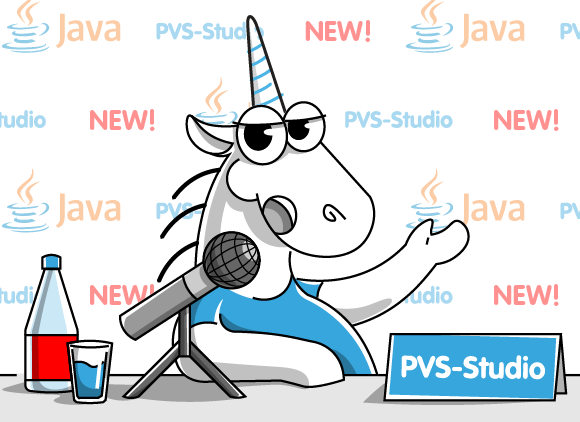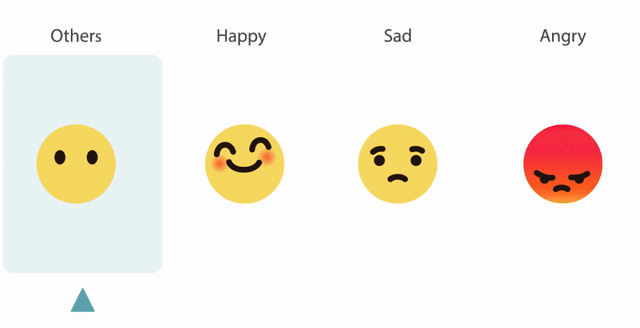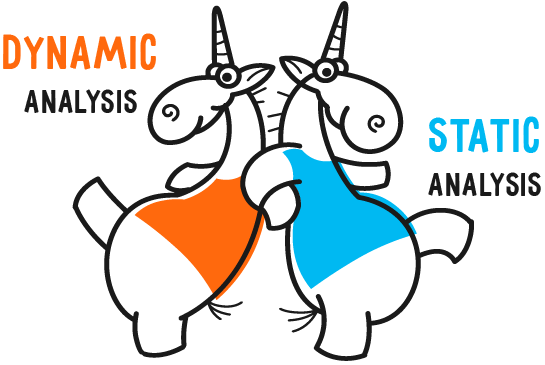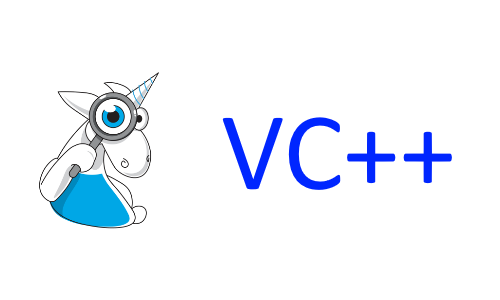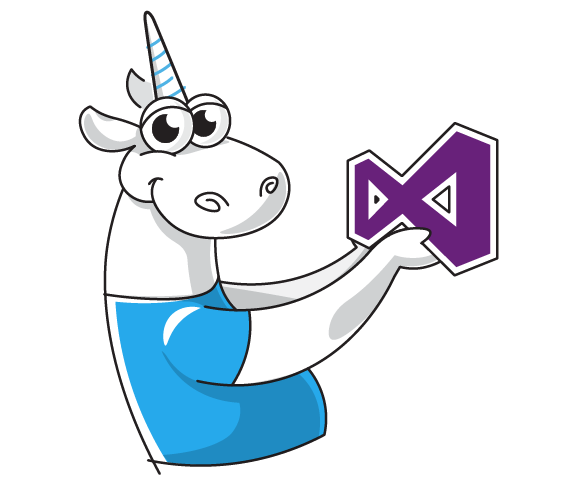WinForms: Errors, Holmes

We like to search for errors in Microsoft projects. Why? It's simple: their projects are usually easy to check (you can work in Visual Studio environment for which PVS-Studio has a convenient plugin) and they contain few errors. That's why the usual work algorithm is as follows: find and download an open source project from MS; check it; choose interesting errors; make sure there are few of them; write an article without forgetting to praise the developers. Great! Win-win-win: it took a little time, the bosses are glad to see new materials in the blog, and karma is fine. But this time «something went wrong». Let's see what we have found in the source code of Windows Forms and whether we should speak highly of Microsoft this time.

 PVS-Studio supports analyzing projects developed in C, C++, C#, and Java. You can use the analyzer under Windows, Linux, and macOS. This small article will tell you the basics of analyzing C and C++ code in Linux environment.
PVS-Studio supports analyzing projects developed in C, C++, C#, and Java. You can use the analyzer under Windows, Linux, and macOS. This small article will tell you the basics of analyzing C and C++ code in Linux environment.



